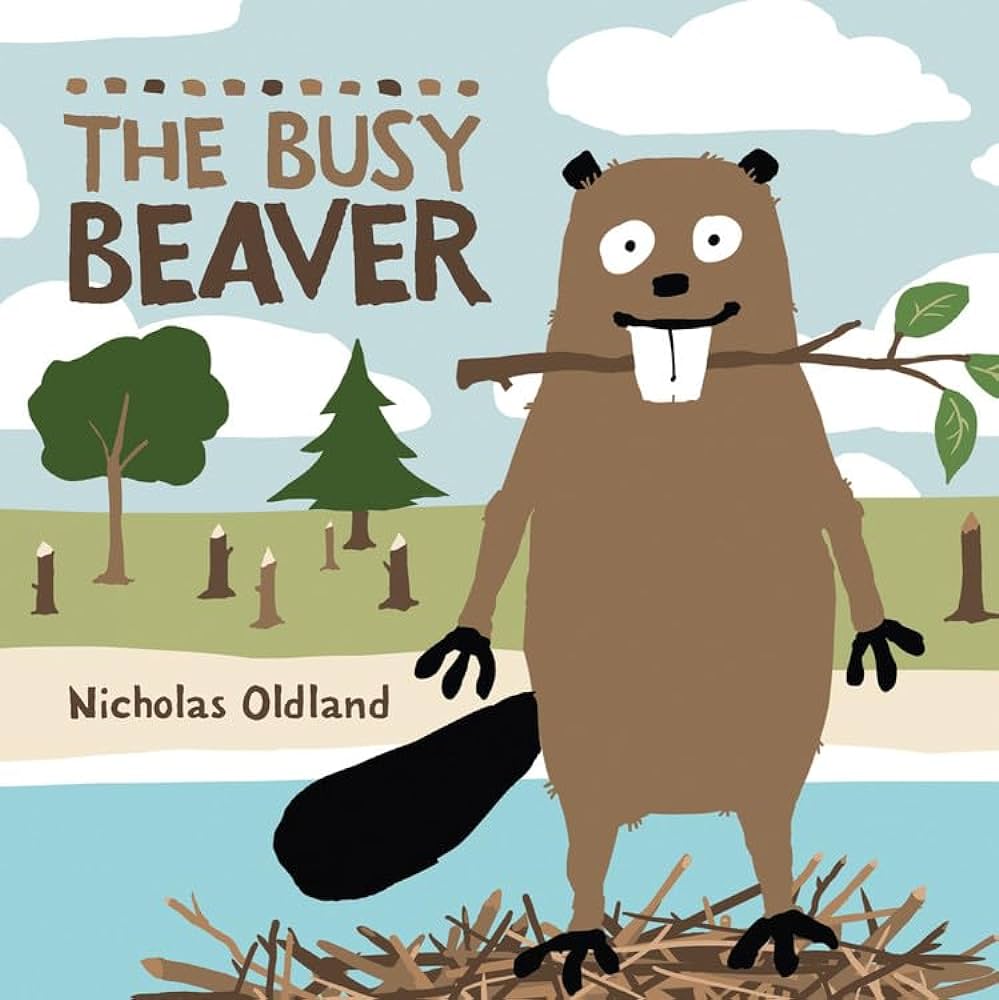SEL Read Aloud: The Busy Beaver by Nicholas Oldland

Summary
Comprehension Questions
Six questions aligned to Bloom’s taxonomy for teacher’s to evaluate students’ comprehension
- Remembering: What injuries did the beaver sustain from the falling tree?
- Understanding: Why did the beaver’s friends initially worry about his return to the forest?
- Applying: In what ways did the beaver ensure the safety of other animals when he returned to work?
- Analyzing: What factors contributed to the beaver’s successful rehabilitation and change in behavior?
- Evaluating: Do you believe the beaver will continue his careful behavior in the future? Explain your reasoning.
- Creating: Write an alternate ending where the beaver doesn’t learn his lesson. What happens to him and the forest?
CASEL Discussion Questions
Five questions aligned to the CASEL competencies for teachers to foster an engaging discussion and foster social-emotional learning
- Self-Awareness: Why was it important for the beaver to recognize his own carelessness?
- Self-Management: How did the beaver demonstrate persistence in his rehabilitation process?
- Social Awareness: How did the beaver show empathy towards the family of homeless birds?
- Relationship Skills: How did the beaver apologize to his friends and make amends for his mistakes?
- Responsible Decision Making: What steps did the beaver take to correct his past mistakes and prevent new ones?
Design Thinking Challenge
Take students’ learning even further by incorporating the Imagineerz design thinking framework
Build a Beaver Dam Repair Kit
Understand
- Begin by reading “Busy Beaver” by Nicholas Oldland. Discuss the main issues the beaver faces, particularly his carelessness and the consequences it brings to the forest and himself. Focus on how the beaver’s actions lead to physical injuries and a need for rehabilitation and repair.
- Initiate a class discussion on the themes of the book, such as responsibility, the importance of careful work, and how the beaver learns to fix his mistakes. Explore questions like: What causes the beaver to become injured? How does his carelessness affect his environment and the other animals? How does he begin to make amends and repair the damage?
Ideate
- Encourage students to brainstorm ideas for a practical kit that could help the beaver repair the dams and clean up the forest effectively and safely. Prompt them to think about tools and materials that would be useful for the beaver to carry out his repair work.
- Ask students to consider additional features that might help the beaver stay organized and work carefully, such as a checklist for safety steps, compartments for different tools, or labels to remind the beaver of careful practices.
Prototype
- In small groups or individually, students will create a prototype of their “Beaver Dam Repair Kit” using classroom materials such as cardboard, popsicle sticks, tape, and fabric. They should design their kit to include various tools and compartments that the beaver would need for fixing dams and cleaning up the forest.
- Encourage creativity in constructing the kits, including elements that could symbolically represent the beaver’s commitment to careful work and responsibility, such as badges for completed repairs or a journal for noting improvements and reflections.
Test
- Students will present their prototypes to the class, explaining their design process, how their repair kit works, and its intended benefits for the beaver both physically and in terms of promoting careful, responsible work. Demonstrate the kit’s functionality by showing how it could be used to fix a miniature dam or clean up a small mess.
- Gather feedback from classmates and teachers: Does the repair kit include all necessary tools for the beaver’s tasks? Is it easy for the beaver to stay organized and follow safety steps? What improvements could enhance its functionality or make it more effective for the beaver’s needs?
Read Aloud
If you appreciated getting to read this book with your class, you might also want to share this book with them!
Additional Resources
Copyright Notice
The image on this page comes from the book The Busy Beaver by Nicholas Oldland. Copyright © 2016 by Nicholas Oldland.


